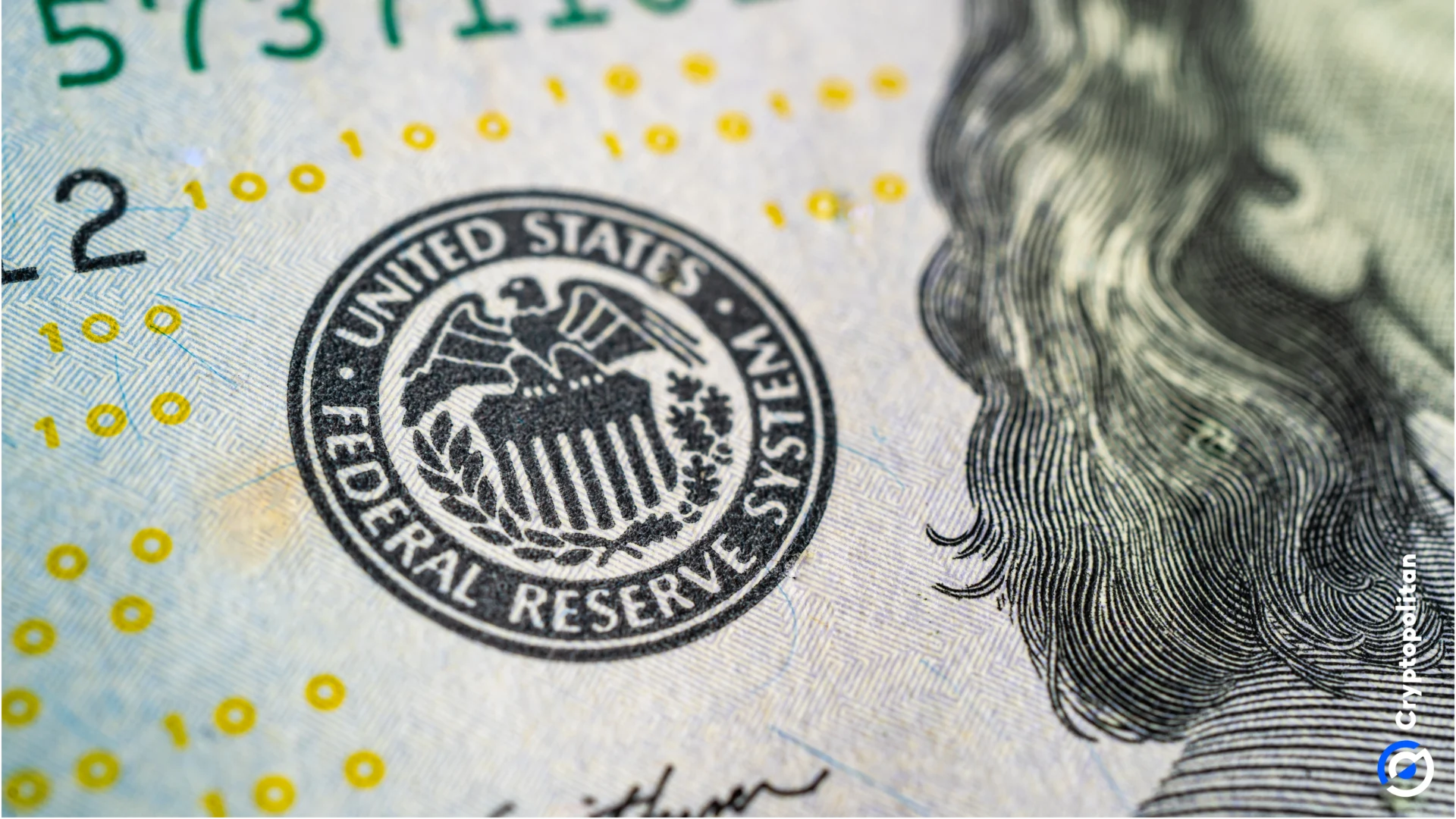
Federal Reserve Governor Christopher Waller wants the Fed to stay out of the way when it comes to payments. His message? Let the private sector run the show.
Speaking at the Clearing House’s New York conference, Waller made it clear: private companies should be the ones to innovate, not the central bank.
“Such competition can lead to better products and services for consumers as profit-seeking competitors look for opportunities to win over customers, including through the adoption of new technologies,” Waller said.
He argues that the Fed should not be taking over or expanding its influence, especially not through new technologies like a central bank digital currency (CBDC). Waller believes the government’s role should be minimal, focused on plugging gaps that private companies can’t, and nothing more. He added that:
“I believe this would be a policy mistake and a better approach is one in which the private sector continues to have a significant footprint, with the role of government limited.”
FedNow and why it matters
The Fed is already in the payments game with FedNow, a system launched last year to enable instant transfers between people and businesses through banks. According to Waller, FedNow is exactly where the Fed should draw the line.
He considers it the type of role the Fed can responsibly handle since FedNow helps coordinate transfers among thousands of banks in the U.S.
Without the Fed’s coordination, the private sector might struggle to keep the entire banking network working together smoothly. But even here, Waller stresses that the Fed shouldn’t get too comfortable. FedNow should remain a rare exception, not a precedent for further Fed involvement in payments.
Waller also argues that private companies are responsive to feedback and motivated by profit, and this market-driven approach creates a dynamic environment where only the best ideas survive. The Fed should stop trying to compete with that.
“American entrepreneurship and technical prowess have generated exciting innovations in payments, and they will continue to do so,” he said.
Inflation worries resurface as Trump makes iconic comeback
Waller’s comments come as the Fed wrestles with a major challenge: inflation. Donald Trump’s election win has stirred up new fears of rising prices, as economists predict his policies—especially tariffs and tax cuts—could push inflation even higher.
The president has promised to take a tough stance on imports, with blanket tariffs on goods coming into the U.S., including up to 100% tariffs on products from China. Economists are warning that these tariffs will make it even harder to control inflation, with costs passed straight to consumers.
Federal Reserve Chair Jerome Powell has been saying that long-term inflation expectations are “well anchored,” but a look at recent data suggests otherwise. The University of Michigan’s latest survey reveals that consumers’ inflation expectations for the next five to ten years have gone up.
Businesses are also feeling the pressure. Companies dependent on Chinese materials—like the maker of silica gel cat litter—are already bracing for higher prices.
Scott Kleinman, co-president at Apollo Global Management, isn’t buying Powell’s optimism. “Inflation is not tamed. You just have to open your eyes and look around,” he said this week. Claudia Sahm, chief economist at New Century Advisors, also expressed doubts. She believes the traditional tools—like rate hikes—aren’t enough to tackle inflation on their own.
Sahm suggests that Congress might need to get involved, perhaps by imposing temporary taxes on extraordinary profits to bring inflation down. “The existing set of tools for managing inflation is almost entirely based on monetary policy and is useful but insufficient,” Sahm wrote on her Substack.
Fewer rate cuts expected in 2025
The Reserve’s outlook on interest rates could actually change dramatically under Trump’s trade policies. Former Cleveland Fed President Loretta Mester said that rate cuts might be fewer and farther between in the coming year.
She explained that Trump’s fiscal plans could force the Fed to abandon its original forecast of multiple rate cuts in 2025. “Next year, the pace of the cuts will be affected by where they’re seeing fiscal policy,” Mester said at a panel during the UBS European Conference in London.
Markets are already reacting. Following Trump’s election win, investors began adjusting their rate-cut expectations, eyeing his tariffs and the likely impact on the economy. Stocks soared and Bitcoin set new all-time highs.
Economists now project a total of one percentage point in rate cuts in the first half of 2025, with an additional 25 basis point cut later in the year. If these predictions hold, the Fed’s target rate could fall between 3% and 3.25% by the end of 2025, slightly below its median projections.
Meanwhile, Trump’s plans to tax imports from China and the eurozone at a high rate could pressure the European Central Bank (ECB) to reconsider its own position on interest rates. If Chinese exporters flood the European market with products redirected from the U.S., the ECB may face downward pressure on prices, leading to potential rate cuts in the eurozone.











